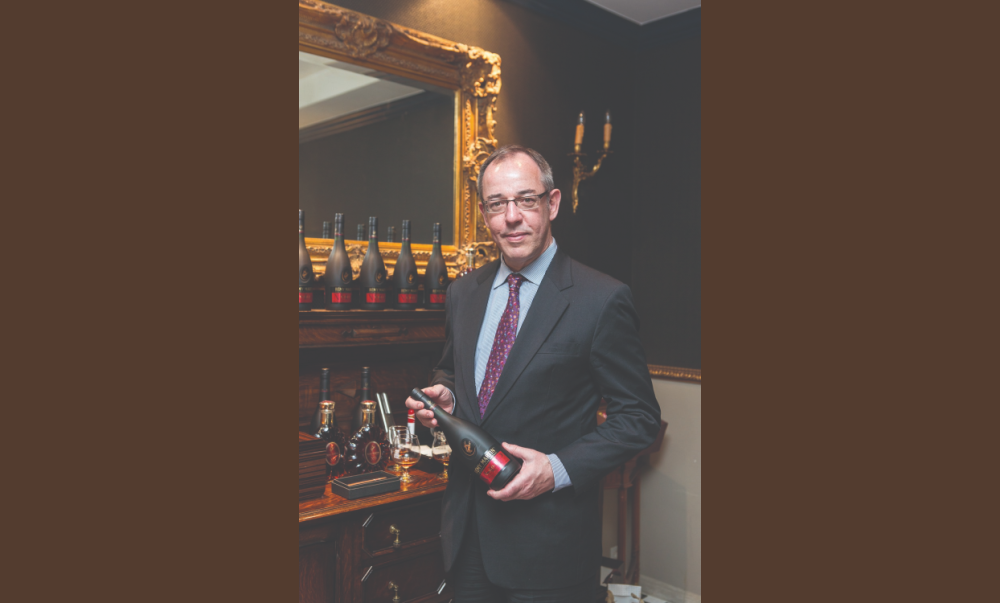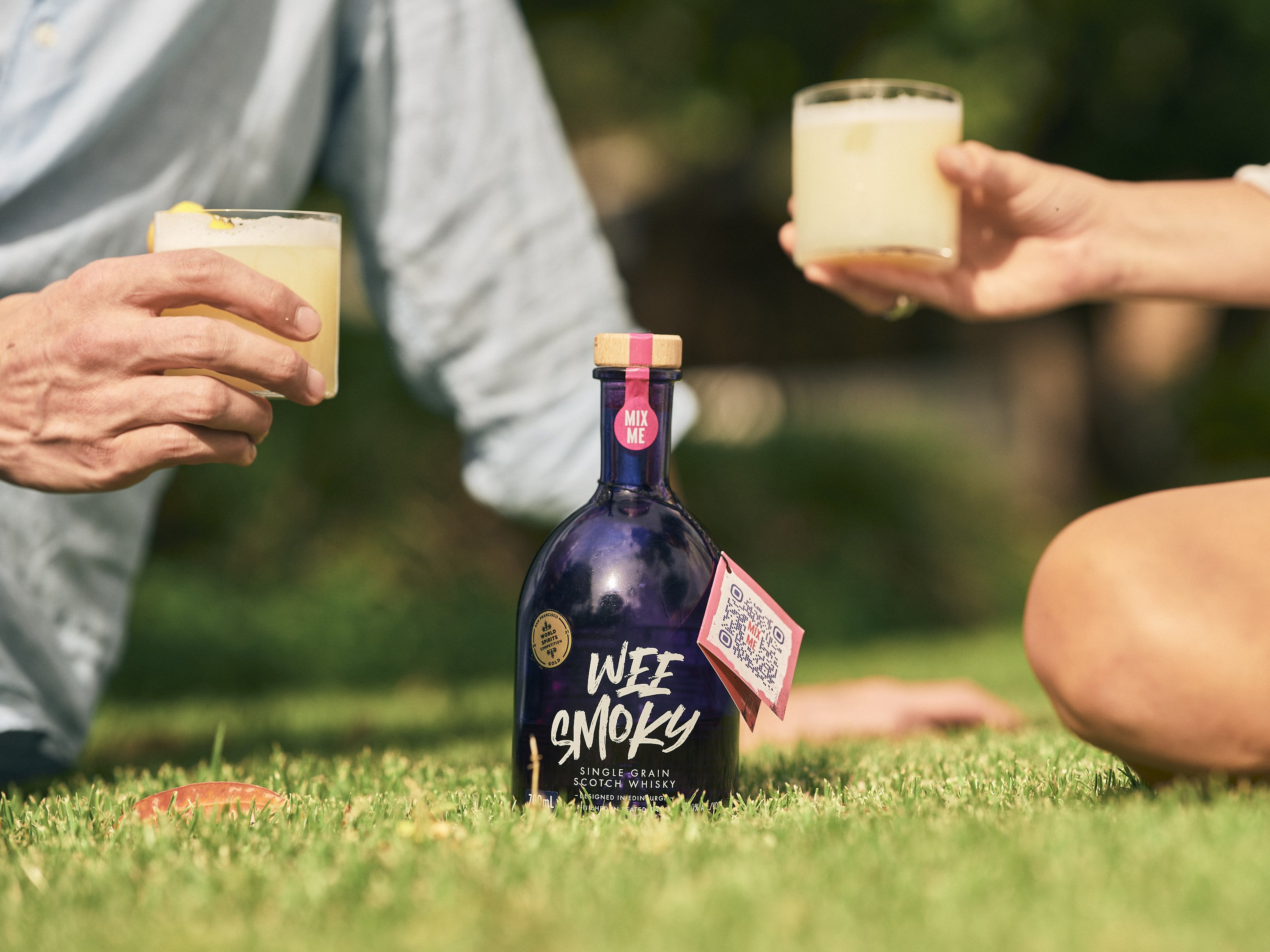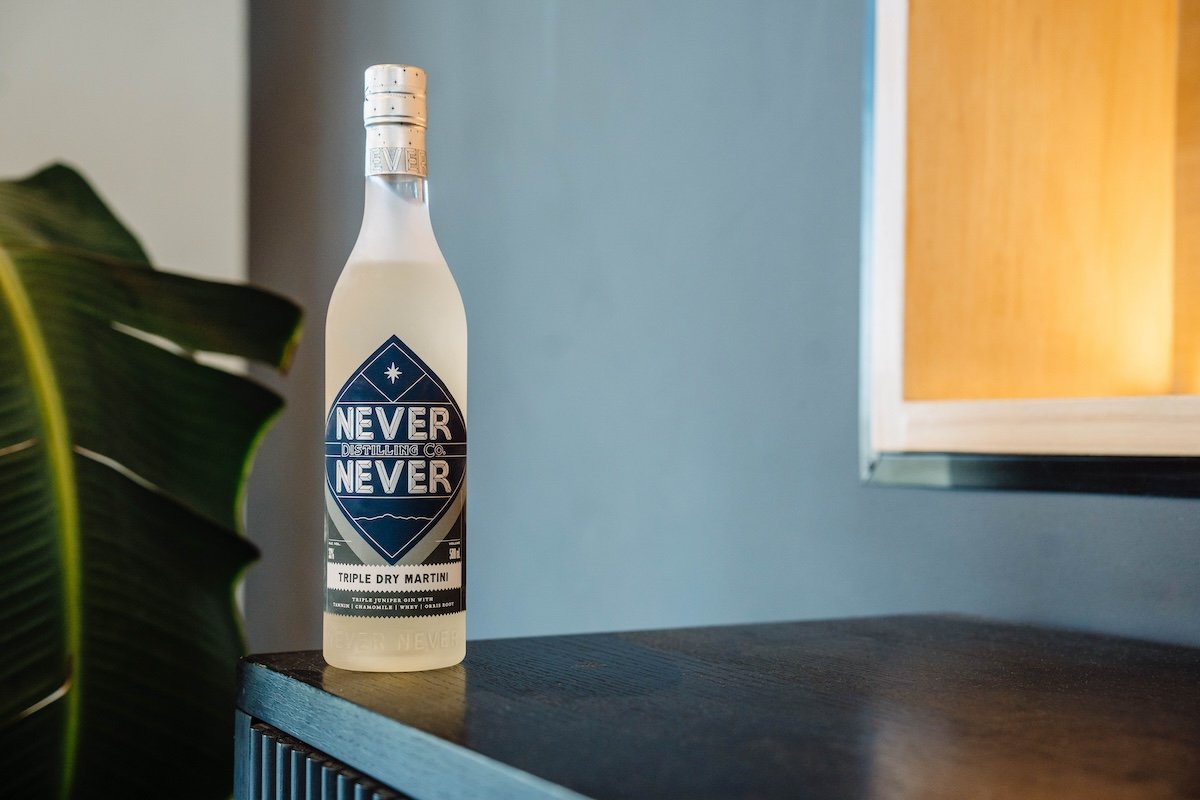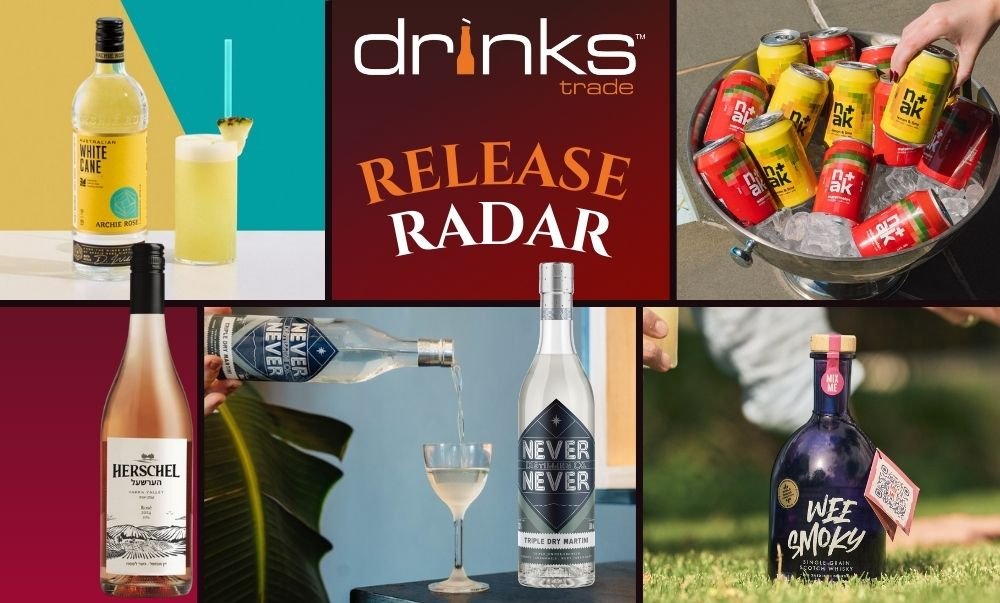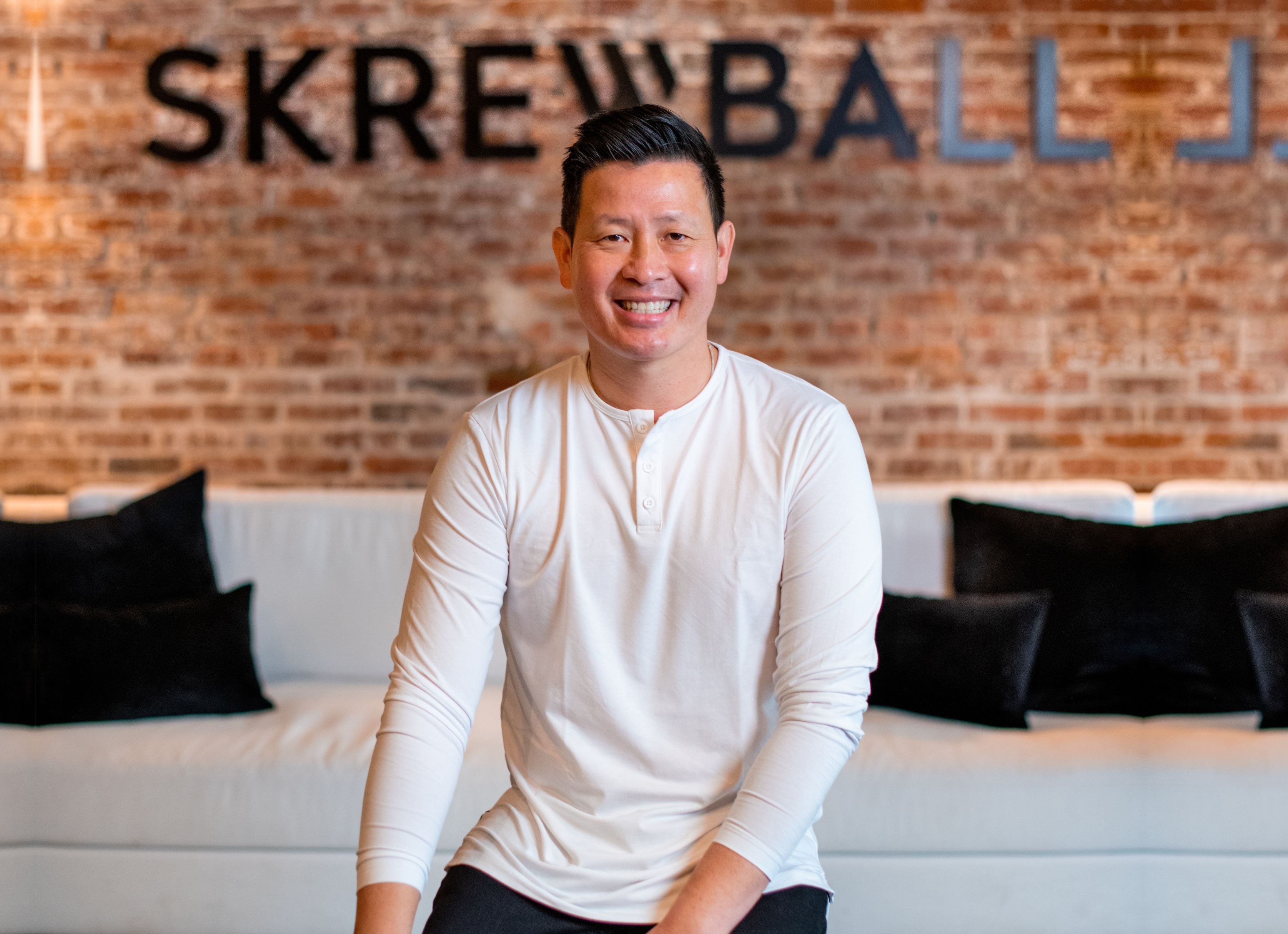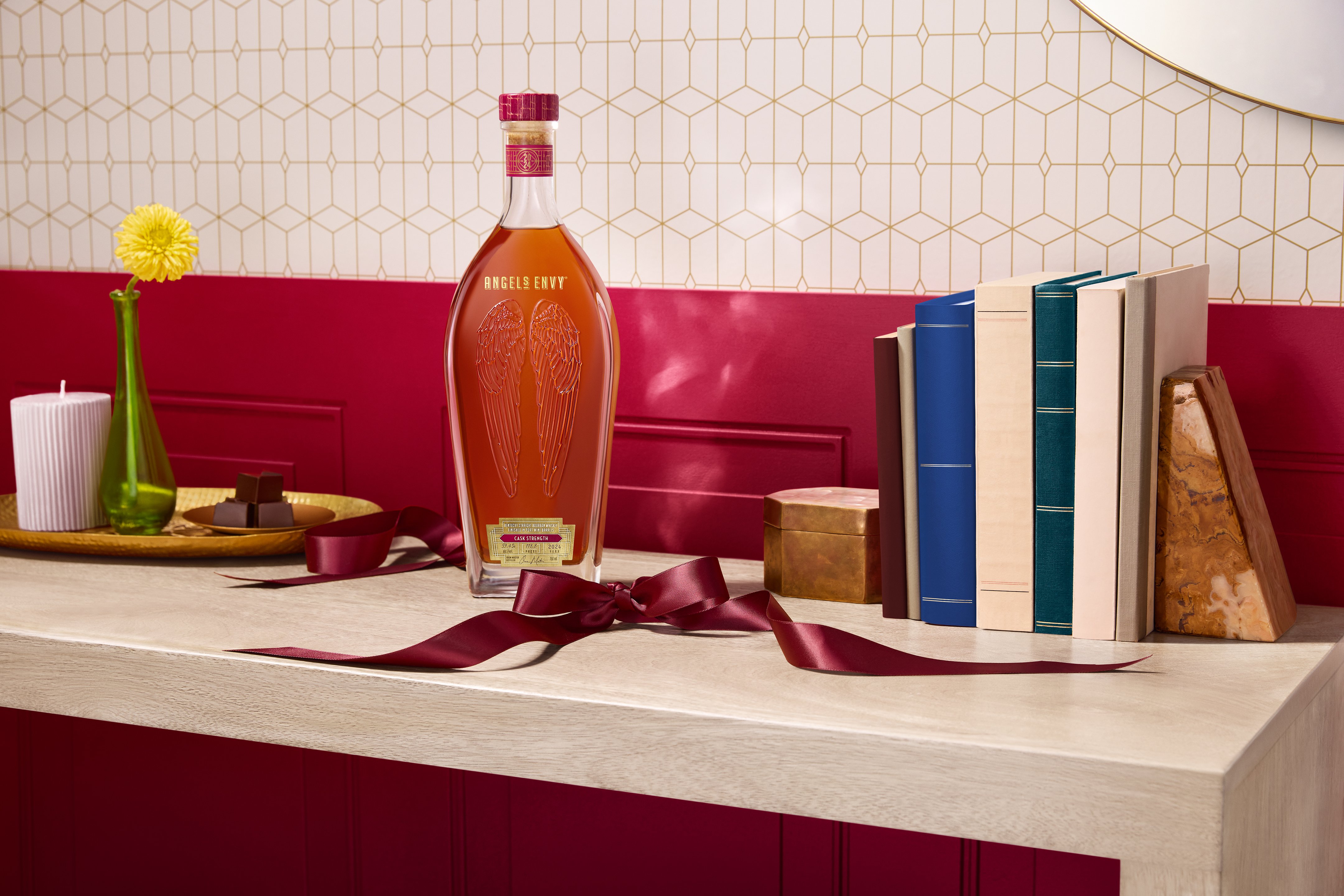Mungo Gilchrist arrived in Australia from Singapore early last year, just before international borders closed, to take up his new position as CEO of independent distribution business, Spirits Platform. Gilchrist arrived from Singapore where he had been Managing Director South-East Asia Pacific, Japan & Korea for Rémy Cointreau. He worked with Rémy Cointreau for twelve years, commencing in 2008 as Managing Director, North East Asia Pacific and performed this role in Tokyo.
The CEO spoke to Drinks Trade’s Ash Pini about the Australian Spirits' market which continued to thrive, even amidst the pandemic.
How have you found the past 12 months in the Australian market?
The biggest lesson from Covid is how resilient this market is. The retail infrastructure is extremely well developed and strong. That has enabled the overall alcohol business to continue to perform well even though the on-trade was extremely depressed for several months.
Is there anything that is driving that?
We have seen a premiumisation trend in Australia in spirits even before Covid. From the onset of Covid, I would say there has been a trading down for a short period, and then the premiumisation trend reasserted itself more strongly than before.
For example, Australia was one of the very few markets where Champagne grew in 2020, and not just Champagne but very high-end Champagne did very well.
IRi voted Cointreau as one of the hottest brands to watch and the hottest liqueur brand. Tell us about the growth of Cointreau?
Cointreau is growing at more than 50 per cent at the moment. Cointreau and other core brands in our portfolio were well positioned and doing quite well before COVID. Rémy Cointreau started an advertising campaign investment behind Cointreau three years ago, so we already had the benefits of that investment before COVID, and we evolved the drink strategy to focus more single-mindedly on the Margarita, which is currently the most googled cocktail in Australia. Due to COVID people were seeking elevated food and drink experiences at home, including making cocktails. A Margarita is one of the easiest cocktails to make.
All this adds up to a successful outcome for Cointreau but I think we still have further to take it. We have done a good job at capturing people who are well-experienced at making cocktails, but there are still many consumers who are very new to the world of cocktails and making cocktails at home. Cointreau is at the heart of about 500 classic cocktails.
What category will see strong growth in the next 12 months?
I think premium liqueurs is a dark horse because of the ‘cocktails at home’ trend. I am not sure retailers have really woken up to this yet. Premium liqueurs are a great way to increase basket size because if consumers are making cocktails at home, then a liqueur is a complementary purchase to spirits, not a substitute. I see retailers squeezing the liqueurs category and making more space for gin and premium whiskies and tequilas, but premium liqueurs is a real trade opportunity.
How is your whisky category tracking?
Very well, we are focused at the top end of Single Malts, and we have the leadership position in Single Malt Scotch above 100 dollars with The Macallan. Last year it became number one in value, and this year it is now number one in volume. We also have a strong overall whisky portfolio with interesting offerings, including the pioneer of American Single Malt, Westland.
What is your opinion on the development of the Cognac category in Australia?
There is a natural growth in Cognac from a low base because of the significant growth in the Asian population in Australia over the past decade or so. There is a job to be done to implant Cognac successfully within the Australian population, but we are definitely making progress. Rémy has been on a good growth trajectory for several years now, and Louis XIII is very solid here too.
Did you feel an effect from duty-free closures?
The international border closures contributed to acceleration in the business because before COVID, Australians travelling outside of Australia were spending about $55 billion a year while visitors coming here were spending $25 billion dollars, so there is net $30 billion more that is now being spent at home in Australia.
How do you see the future for Spirits Platform?
We are coming up to our sixth anniversary in August. So far we have grown at an average compound growth rate of 10 per cent in volume per year and 15 per cent in value. We have been focussing on growing value more than volume. Of that growth, about 60 per cent has been organic, and 40 per cent has been new brand additions.
My primary focus is on organic growth. We want to do an outstanding job with all of our brands, and I want to make sure I have a manageable portfolio. The market is constantly changing; however, we will consider new additions if we see strong portfolio synergy or if it adds to the dynamics of our business in a significant way.
The future is the premiumisation trend in the market, consumers becoming more experimental making cocktails at home and having a wider repertoire of drinks. All of those things play to our strengths, so I am very optimistic. I think the behaviour changes taken place during Covid are probably permanent. Once consumers have learnt to make cocktails at home, they will not unlearn it, so post-Covid is not going to be a return to pre-Covid, it is going to be a completely different reality.
Share the content
